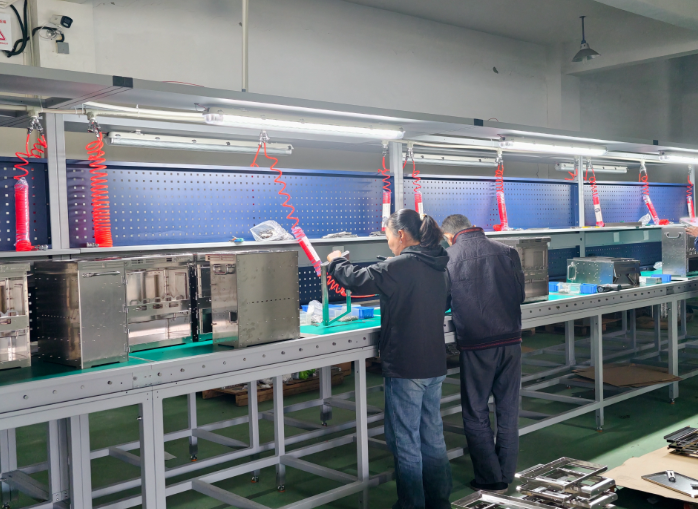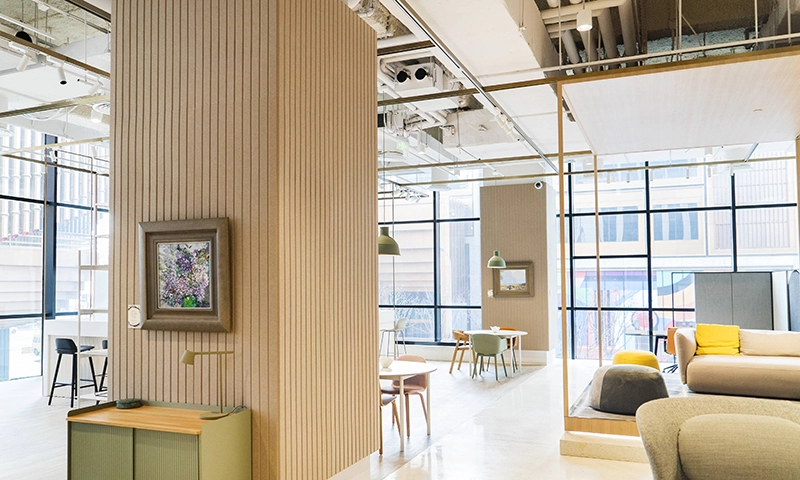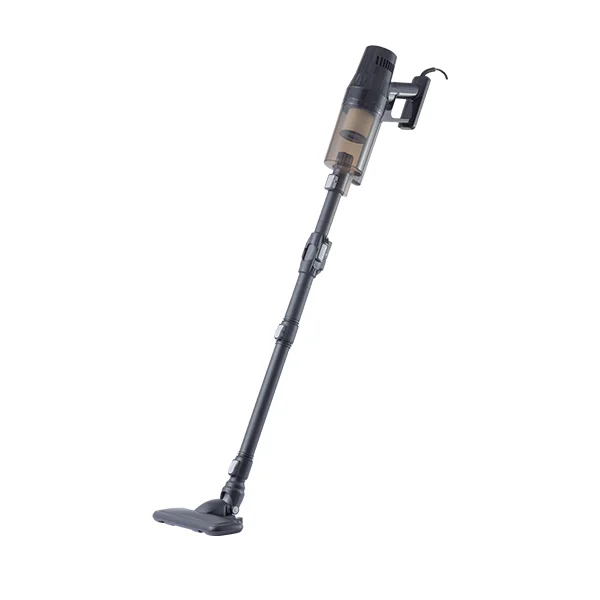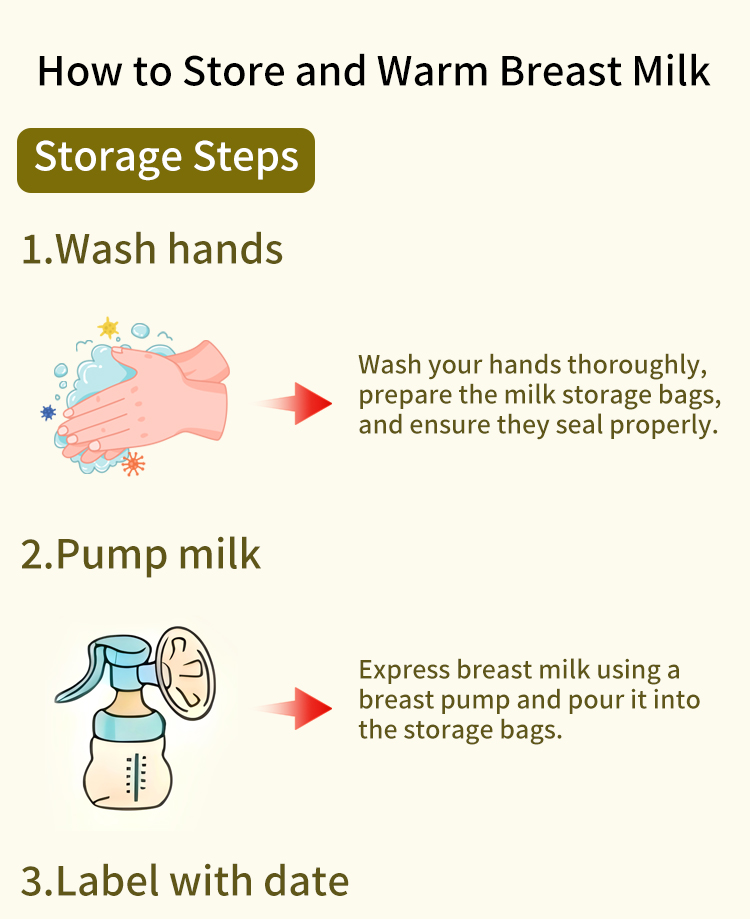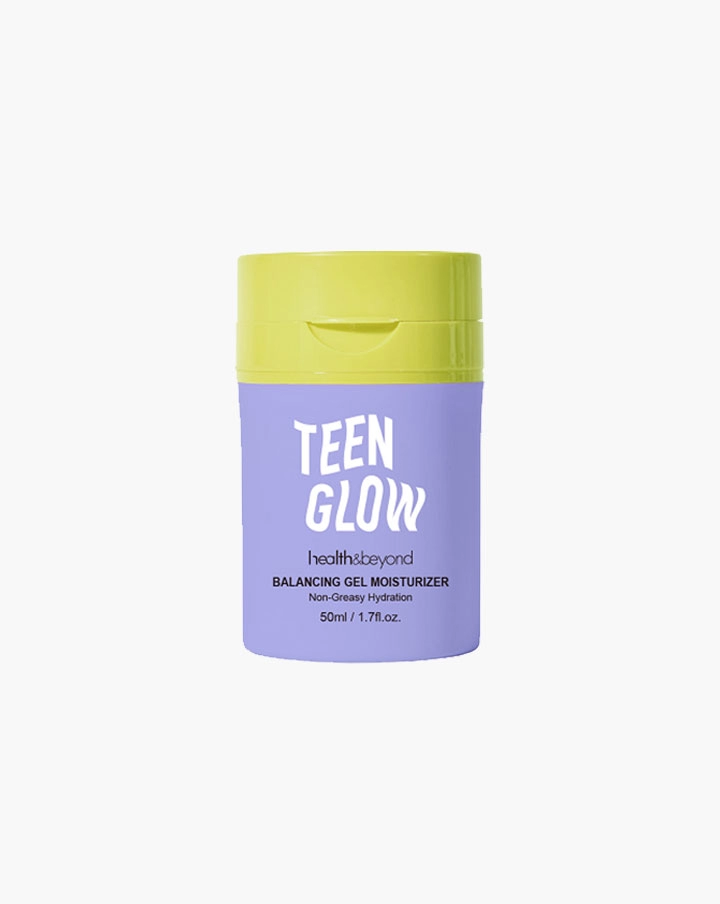Timber Triumph: The Ultimate Guide to Long-Lasting Outdoor Woods
When it comes to outdoor projects, whether you're building a deck, fence, or garden furniture, the choice of wood is paramount. Not all woods are created equal, especially when exposed to the elements. Understanding which types of wood last longer outside can save you time, money, and effort in the long run. In this comprehensive guide, we will explore the characteristics of various wood species, their durability, and the factors that influence their longevity in outdoor settings.
Understanding Wood Durability
Before diving into specific wood types, it’s essential to understand what makes wood durable in outdoor environments. The longevity of wood is influenced by several factors:
- Natural Resistance to Decay: Some woods possess natural oils and compounds that make them resistant to rot, insects, and fungal growth.
- Density: Denser woods tend to be more durable and resistant to wear and tear.
- Moisture Content: Wood that retains moisture is more susceptible to decay. Proper treatment and sealing can mitigate this risk.
- Environmental Conditions: The local climate, including humidity, temperature fluctuations, and exposure to sunlight, can significantly affect wood longevity.
Top Wood Choices for Outdoor Use
- Teak (Tectona grandis)
Teak is often regarded as the gold standard for outdoor wood. Its high oil content makes it naturally resistant to water, decay, and insects. Teak can withstand harsh weather conditions without warping or cracking, making it an excellent choice for outdoor furniture and decking. However, it comes at a premium price, which may not fit every budget.
- Cedar (Thuja plicata)
Cedar is another popular choice for outdoor applications. It contains natural preservatives that resist decay and insect damage. Western Red Cedar, in particular, is known for its stability and resistance to warping. Its pleasant aroma and attractive color make it a favorite for garden structures and fencing. While cedar is durable, it may require regular maintenance, such as sealing, to prolong its lifespan.
- Redwood (Sequoia sempervirens)
Similar to cedar, redwood is naturally resistant to decay and insects. Its rich color and grain make it aesthetically pleasing for outdoor projects. Redwood is lightweight yet strong, making it suitable for various applications, including decking and outdoor furniture. However, like cedar, it benefits from regular maintenance to maintain its appearance and durability.
- Ipe (Tabebuia spp.)
Ipe, often referred to as Brazilian walnut, is one of the most durable woods available. It has a high density, making it resistant to scratches, dents, and decay. Ipe is ideal for high-traffic areas and can last for decades without significant wear. Its rich, dark color adds elegance to any outdoor space, but it can be challenging to work with due to its density.
- Mahogany (Swietenia macrophylla)
Mahogany is prized for its beauty and durability. It has a natural resistance to moisture and decay, making it suitable for outdoor furniture and marine applications. While it is more expensive than other options, its longevity and aesthetic appeal make it a worthwhile investment.
Lesser-Known Durable Woods
While the aforementioned woods are well-known for their outdoor durability, several lesser-known species also offer impressive longevity:
- Cumaru (Dipteryx odorata): Often referred to as Brazilian teak, cumaru is incredibly dense and resistant to decay, making it suitable for decking and outdoor furniture.
- Garapa (Apuleia leiocarpa): This South American hardwood is known for its strength and resistance to moisture, making it a great choice for outdoor applications.
- Thermally Modified Wood: This is not a specific species but a treatment process that enhances the durability of various woods by altering their cellular structure, making them more resistant to moisture and decay.
Maintenance Tips for Outdoor Wood
Regardless of the type of wood you choose, proper maintenance is crucial for maximizing its lifespan. Here are some tips:
- Sealing: Apply a high-quality sealant or wood preservative to protect against moisture and UV damage.
- Regular Cleaning: Keep the wood clean by removing debris and dirt, which can trap moisture and promote decay.
- Inspection: Regularly inspect your outdoor wood structures for signs of wear, rot, or insect damage, and address any issues promptly.
Conclusion
Choosing the right wood for outdoor use is a critical decision that can impact the longevity and appearance of your projects. Teak, cedar, redwood, ipe, and mahogany are all excellent choices, each with unique properties that cater to different needs and budgets. By understanding the characteristics of these woods and implementing proper maintenance practices, you can ensure that your outdoor structures remain beautiful and functional for years to come.

